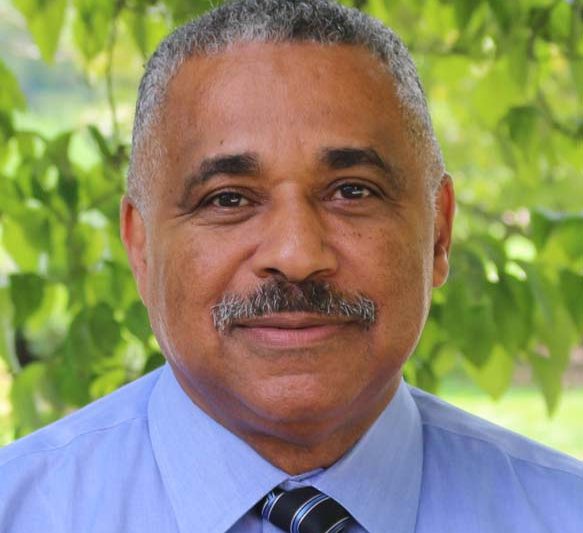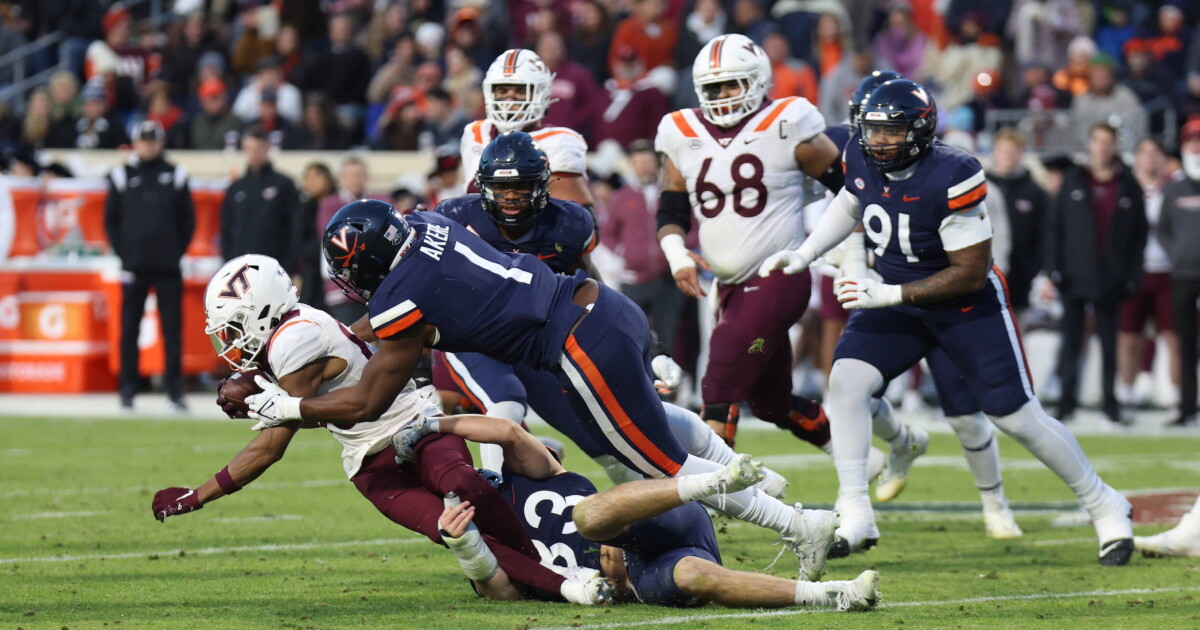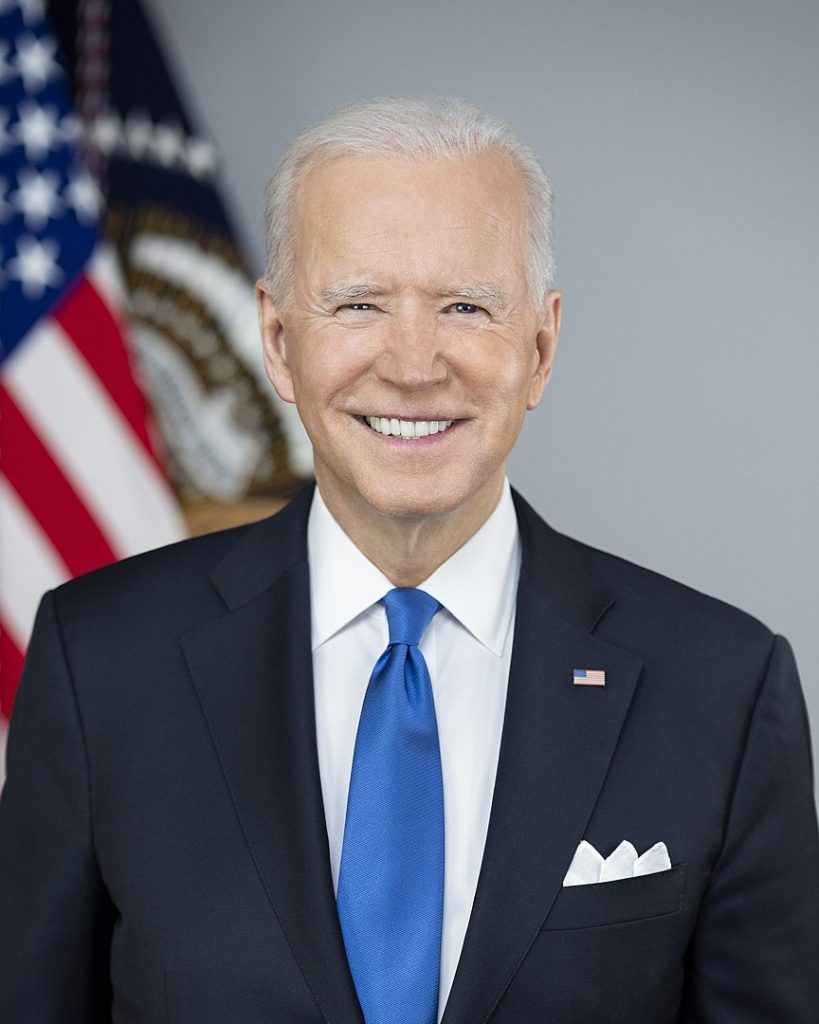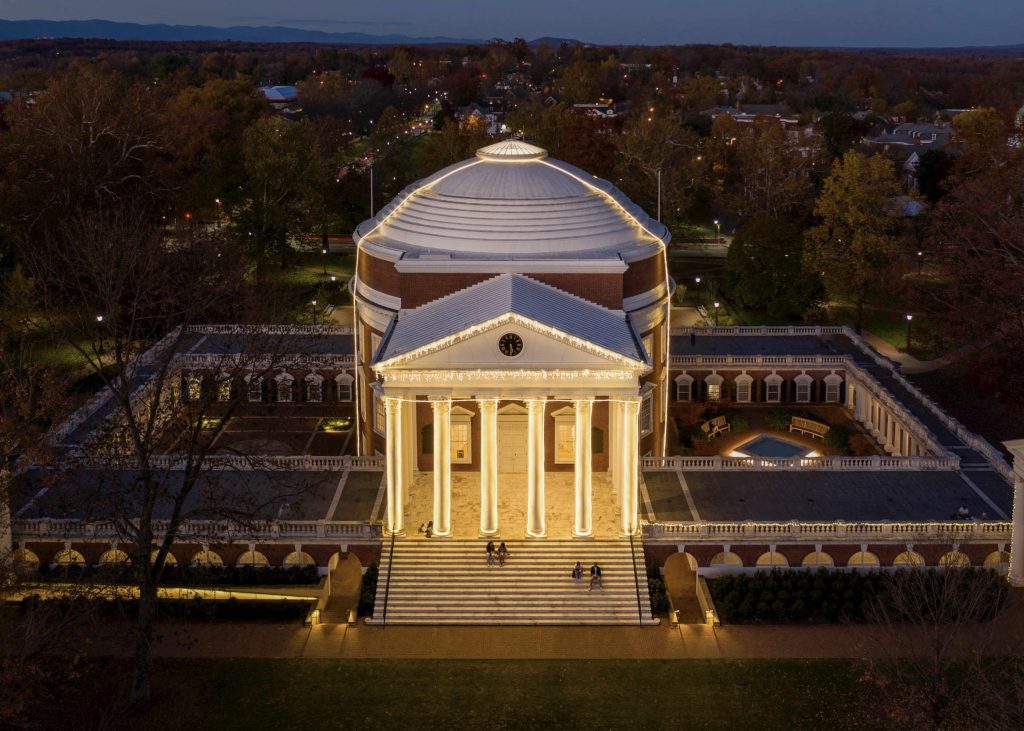If you’ve read or watched local news over the last 25 years, you’ve probably come across Courteney Stuart’s name. An investigative journalist who covers everything from murder and sexual assault to prison reform and immigration, Stuart has been a reporter at several news outlets, including Style Weekly, The Hook, CBS19, and C-VILLE Weekly. She currently hosts “Charlottesville Right Now” on WINA, and recently wrapped her podcast Small Town Big Crime with co-producer Rachel Ryan. The first season dives into the 1985 Bedford County murders of Derek and Nancy Haysom, and convicted killer Jens Soering’s claims of innocence. Stuart and Ryan’s reporting was also featured in the new top-rated, bingeable Netflix docu-series, “Till Murder Do Us Part: Soering vs. Haysom.” @stuartandryan
Name: Courteney Stuart.
Age: 52.
Pronouns: She/her.
Hometown: Sherborn, Massachusetts, and Richmond, Virginia.
Jobs: Investigative reporter/radio host/podcaster.
What’s something about your job that people would be surprised to learn: How much time it takes to deeply investigate and report a story. It can sometimes be years!
What’s the story that got away: Years ago there was one story tip about buried bodies that I just couldn’t confirm. But the untold stories that truly haunt me are the current ones I don’t have the bandwidth to investigate. Almost every week I get a worthy tip, and not only do I not have the time to do it, all the other reporters in town are also stretched too thin to take many of them on. We need more local journalists digging and telling the stories of our community!
What was the experience like participating in the documentary: Long and fascinating. We did our first interviews in 2021. I loved experiencing part of how a docuseries like that comes together.
You’ve researched the Soering/Haysom case for three years, what did you learn that surprised you the most during the process: That every time we thought we were done, there was a new twist to investigate.
Hardest part of podcasting: Getting your work to a broad audience without a marketing budget or production company behind you.
Do you have any future podcasting plans: Rachel and I have projects in the works. Some podcasts, some written work, and hopefully some work in the documentary film space.
Favorite restaurant: Too many. Lampo, Smyrna, and Tavola immediately come to mind.
Bodo’s order: Caesar salad and an everything bagel.
What’s your comfort food: Nick’s Ice Cream. (The whole pint for less than 350 calories!)
Who is your hero: I fangirl over badass female journalists like CNN’s Chief International Correspondent Clarissa Ward. When she knocked on the door of the Russian military agent suspected of attempting to kill opposition leader Alexei Navalny, I almost passed out from admiration.
Best advice you ever got: Stay in one place long enough, and the great stories will come to you.
Proudest accomplishment: Being a journalist in Charlottesville for 25 years. It’s truly been an honor to have people trust me with their stories.
Describe a perfect day: Up at 5am, coffee first, Crossfit second, super productive writing all morning followed by shopping in the afternoon with an unlimited budget (ha!), dinner and a drink at a great restaurant with friends (and I’m wearing what I just purchased), and unwinding at the end with the latest episode of my favorite show.
If you could be reincarnated as a person or thing, what would you be: A dolphin in an area of the world without tuna fishing.
If you had three wishes, what would you wish for: Three more wishes.
Most embarrassing moment: Diving behind the CBS19 News anchors in a desperate attempt to hide myself as the six o’clock news opened during my first weeks on TV. And there were many, many more such hilariously mortifying mishaps on display during that time.
Do you have any pets: A 13-year-old chocolate lab named Luke.
Favorite movie and/or show: “The Morning Show.”
Favorite book: One I really loved was Geraldine Brooks’ March.
What are you listening to right now: Brandi Carlile.
Go-to karaoke song: Unfortunately, I seem to think I can sing Brandi Carlile songs after a few drinks. A tip to my future self: You can’t.
Best Halloween costume you’ve worn: A corpse being eaten by a flock of vultures (all thanks to my siblings for their cooperation in that ill-advised event).
Who’d play you in a movie: Pamela Adlon (from “Better Things”).
Celebrity crush: Graham McTavish (Dougal MacKenzie in “Outlander”).
Most used app on your phone: Ugh. Instagram? Facebook? TikTok?
Last text you sent: “Your ladies make beautiful eggs.”
Most used emoji: Crying laughing.
Subject that causes you to rant: The ongoing assault on women’s bodily autonomy.
Best journey you ever went on: Literal: Ghana in 2018. Figurative: Deep into my own psyche.
Next journey: Germany and Italy!
Favorite word: I really like saying “undulate.”
Hottest take: Camping is terrible.
What have you forgotten today: I haven’t remembered it yet.











